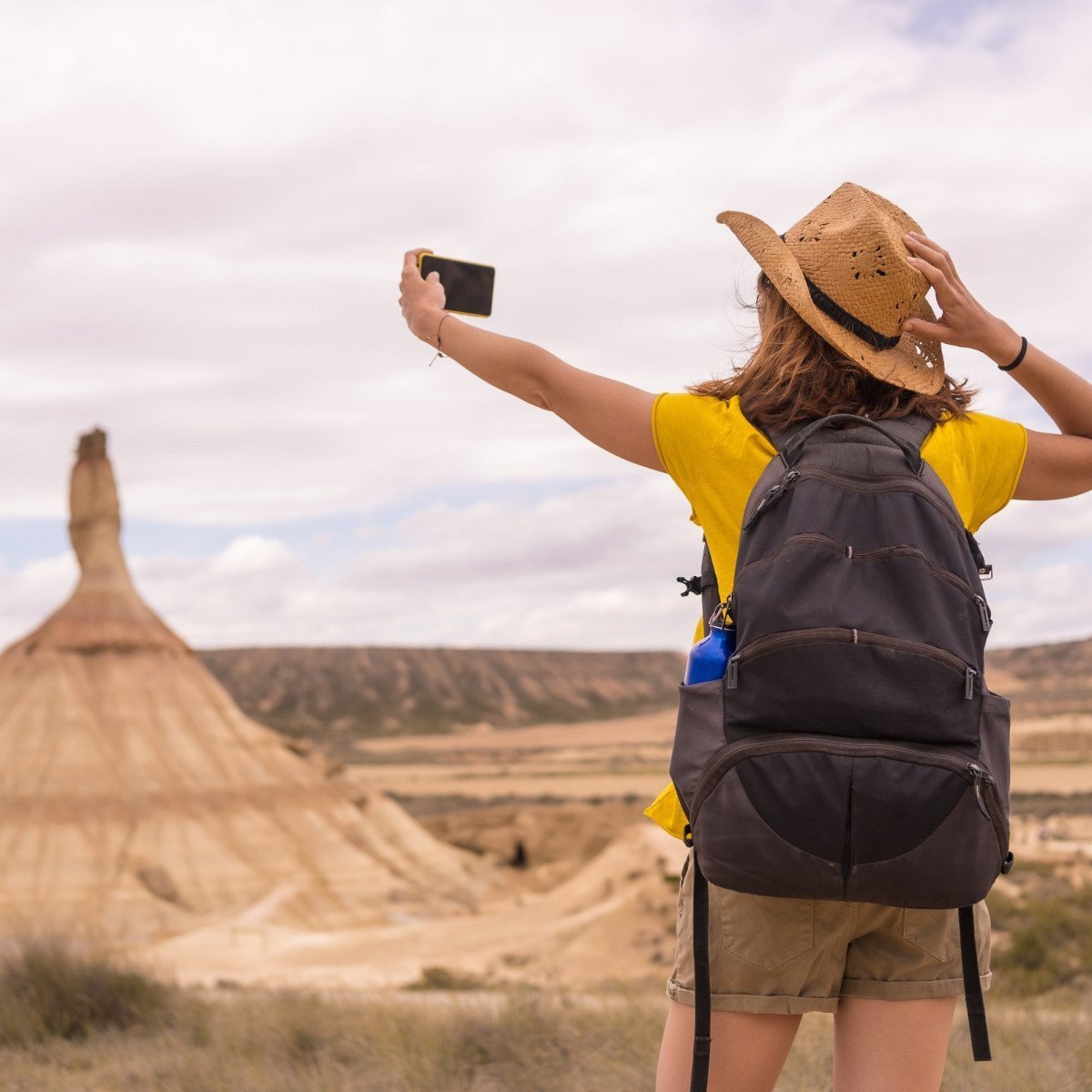There I was, standing on the moss-laden shore of a pristine lake in Norway, bathed by the gentle glow of the midnight sun. The serene landscape beckoned, its multi-layered mountains, the placid lake, the wildflowers whispering stories in the breeze. It was a perfect melody of elements. But the question that rang in my mind was, ‘How do I present this melodrama of nature in a two-dimensional photograph?’
The answer my friends, lies in a concept that might surprise most – creating visual depth. It’s more than just focusing and shooting; it’s about storytelling. As photographers, it’s our job to imbue life into each frame, telling tales through shades and shapes.
Understanding Visual Depth: The First Chapter of Your Tale
In essence, visual depth refers to the perception of distance and dimension within a photograph. It transforms your frames from being flat, two-dimensional entities into a three-dimensional diorama of stories. ‘So, how do we create visual depth?’, you ask. Well, one truly effective way is by adding layers and foreforeground interest.
Layers in a frame can be anything – a texture in the foreground, a captivating subject in the midground or an impressive backdrop. Adding these layers helps in creating a sense of depth and dimension, making the viewer feel as if they are part of the scene.
If you want to experiment with a fun and unique way of adding layers, consider capturing reflections. This technique can bring a whole new layer of magic to your shots!
Nailing Foreground Interest: A Fresh Perspective
The foreground is your palette, it’s where you compose the first scene of your visual symphony. This is where the foreground interest sweeps in. You’ve felt it, right? When an image pulls you in, making you feel like you’re a part of the scene? That’s the result of masterful use of foreground interest. Whether it’s a blur of wildflowers, an abandoned boat, or simply intriguing rock formations, these details give the viewers a place to anchor their view before moving deeper into the photograph.
Adding an interesting foreground helps in achieving two things – it directs the viewer’s attention towards the subject, and at the same time, induces a sense of realness and immersion. Sometimes, it could be as simple as lowering your camera to include more of the immediate surroundings. Other times, it can mean repositioning to capture a unique pattern or texture.
It’s like writing a novel – you always need that compelling opening line that drags the reader into your world. In photography, that’s your foreground interest. Just remember, don’t let the foreground dominate the scene. It’s a part of the story, not the entire narrative.
Bringing Layers into Play: Transitioning from Foreground to Background
You’ve grabbed the viewer’s attention with your foreground, now, it’s time to guide them through your visual journey. Adding layers in your shots helps in creating a path for the viewer’s eyes to move from the foreground to the midground, and ultimately, to the background. This also adds a sense of scale, providing the viewer with a true understanding of the vastness or closeness of the scene.
Landscape photographers have a knack for this. They use multiple elements in a scene as layers – a runner’s silhouette against a setting sun, the varied colors of an autumn forest, the snowy peaks in the distance. This produces an image that draws in the viewer, making them feel like they’re a part of the scene, not just a spectator.
So, the next time you’re capturing that enchanting sunset or the bustling local market, remember to add those layers – from an interesting object in the foreground to the hustle and bustle in the midground, or the receding cityscape in the background. In the end, it’s these layers, topped with your personal touch, that turns a photo into a story. So go, add that dash of depth, and let your photos speak your tale.


0 Comment